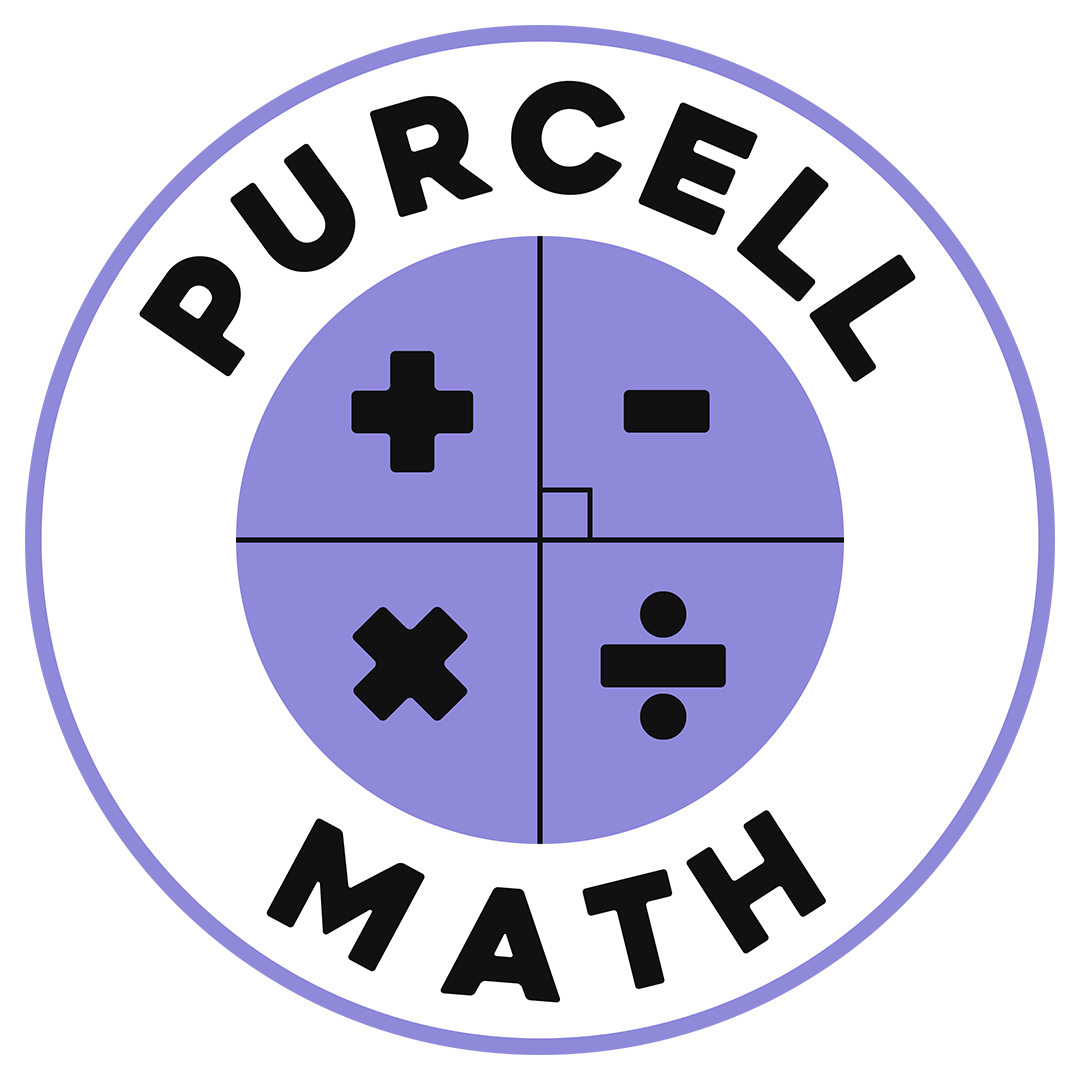Your cart is currently empty!
Understanding the Real Number System
Introduction
The real number system is fundamental in math, covering everything from simple counting to complex calculations. By the end of middle school, students should be familiar with the five main types of real numbers: natural numbers, whole numbers, integers, rational numbers, and irrational numbers. Here’s a breakdown of each type.
Natural Numbers
Natural numbers, or counting numbers, are the first type in the real number system. These are the numbers we use in daily life to count objects: 1, 2, 3, 4, and so on. Natural numbers do not include zero or negative numbers, starting at one and increasing indefinitely.
Whole Numbers
Whole numbers expand on natural numbers by including zero. This set includes all non-negative integers, so examples include 0, 1, 2, 3, and so forth. Whole numbers are essential in contexts where “nothing” (zero) needs to be represented.
Integers
Integers extend the concept further by including negative numbers along with zero and the positive whole numbers. The integer set looks like this: …, -3, -2, -1, 0, 1, 2, 3, and so on. Negative integers are critical in scenarios like calculating debts, measuring temperatures below zero, or comparing elevations below sea level.
Rational Numbers
Rational numbers are any numbers that can be expressed as a fraction where the numerator and the denominator are both integers. For example, 1/3, 2/1, and 4/3 are all rational numbers. A simple rule is that rational numbers are numbers with repeating or terminating decimal forms. Rational numbers can also be whole numbers, as any integer can be written as a fraction (e.g., 2 = 2/1).
Irrational Numbers
Irrational numbers, unlike rational numbers, cannot be represented as simple fractions. They have non-repeating, non-terminating decimal expansions. Examples include π (pi) and e, which are commonly used in more advanced math and scientific fields. These numbers cannot be expressed exactly but are instead approximated.
The Real Number System: Rational and Irrational Numbers Combined
Together, rational and irrational numbers form what is known as the real number system. Every real number falls into one of these two categories. Understanding this union of rational and irrational numbers is crucial for students moving into high school mathematics, where they’ll explore how these types interact in algebra and beyond.
Conclusion
The real number system is an essential foundation, providing students with the tools to handle everything from simple arithmetic to complex equations. With a solid understanding of natural numbers, whole numbers, integers, rational numbers, and irrational numbers, students are well-prepared for more advanced math concepts.
Share this:
- Click to share on Facebook (Opens in new window) Facebook
- Click to share on Threads (Opens in new window) Threads
- Click to share on X (Opens in new window) X
- Click to share on X (Opens in new window) X
- Click to share on LinkedIn (Opens in new window) LinkedIn
- Click to share on Reddit (Opens in new window) Reddit
- Click to print (Opens in new window) Print
- Click to email a link to a friend (Opens in new window) Email

Contribute to the Formula